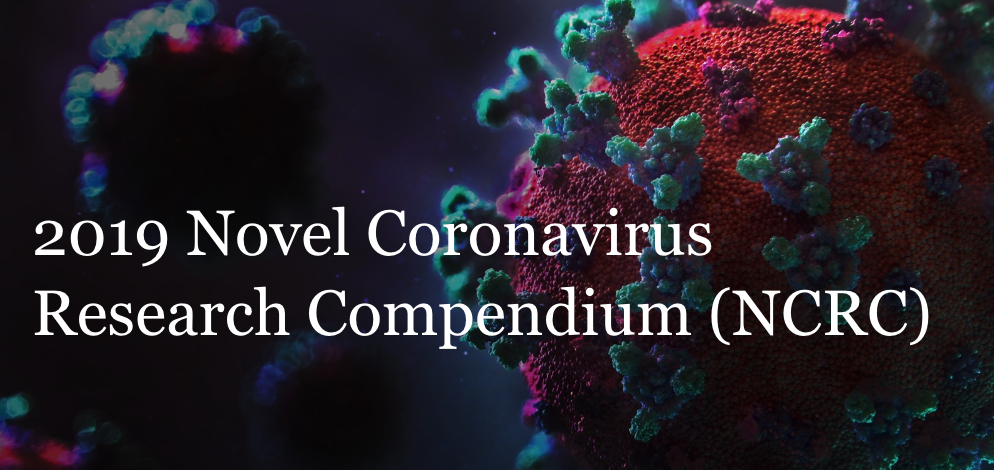Optimal COVID-19 quarantine and testing strategies
This article has been Reviewed by the following groups
Discuss this preprint
Start a discussion What are Sciety discussions?Listed in
- Evaluated articles (ScreenIT)
- Evaluated articles (NCRC)
- High interest articles (NCRC)
Abstract
For COVID-19, it is vital to understand if quarantines shorter than 14 days can be equally effective with judiciously deployed testing. Here, we develop a mathematical model that quantifies the probability of post-quarantine transmission incorporating testing into travel quarantine, quarantine of traced contacts with an unknown time of infection, and quarantine of cases with a known time of exposure. We find that testing on exit (or entry and exit) can reduce the duration of a 14-day quarantine by 50%, while testing on entry shortens quarantine by at most one day. In a real-world test of our theory applied to offshore oil rig employees, 47 positives were obtained with testing on entry and exit to quarantine, of which 16 had tested negative at entry; preventing an expected nine offshore transmission events that each could have led to outbreaks. We show that appropriately timed testing can make shorter quarantines effective.
Article activity feed
-
-

Our take
In this study, available as a preprint and thus not yet peer reviewed, authors used a mathematical model to quantify how different testing strategies could optimize and shorten the duration of quarantine whilst reducing the probability of onwards transmission after quarantine. They found that adding a test at the end of a 7 day or 5 day quarantine could reduce probability of post-quarantine transmission by 98% and 93% respectively. Although some of the assumptions made in the study, such as the optimistic diagnostic sensitivity and the 24 hour delay between sampling and returning a test results, may not be realistic or feasible in many settings, this work provides a framework to explore how quarantine measures could be adapted to incorporate additional information from test results.
Study design
…
Our take
In this study, available as a preprint and thus not yet peer reviewed, authors used a mathematical model to quantify how different testing strategies could optimize and shorten the duration of quarantine whilst reducing the probability of onwards transmission after quarantine. They found that adding a test at the end of a 7 day or 5 day quarantine could reduce probability of post-quarantine transmission by 98% and 93% respectively. Although some of the assumptions made in the study, such as the optimistic diagnostic sensitivity and the 24 hour delay between sampling and returning a test results, may not be realistic or feasible in many settings, this work provides a framework to explore how quarantine measures could be adapted to incorporate additional information from test results.
Study design
modeling-simulation
Study population and setting
Using a mathematical model, authors explored if different quarantine durations combined with testing at the start and/or end of the quarantine period could have the equivalent reduction in the probability of post-quarantine transmission (pPQT) as the standard 14 day quarantine period with no testing. They explored three scenarios for which quarantine may be needed: ii) for travel regulations; ii) quarantine of contacts identified through contact tracing; and iii) case isolation upon symptom onset. Authors then used a dataset of 4,040 PCR test results from tests administered between April 11 to August 26, 2020 at an offshore oil rig to test their model. They assumed an 8.29 day incubation period and a 24 hour delay between sampling and test results being returned.
Summary of main findings
Any testing during the quarantine period contributed to a reduction in the pPQT, with the reduction dependent on the timing of the test and the duration of quarantine. A single test at the end of quarantine of any length consistently resulted in a lower pPQT compared to a single test conducted at the start of quarantine. Optimum time for testing was upon exit from quarantine, day 5, and day 6 for quarantine lasting ≤7 days, 8-13 days, and ≥14 days respectively. In an optimistic scenario with minimal delays to test results, testing at the end (or beginning and end) of quarantine could halve the duration to 7 days. Analysis of the 4,040 PCR test results conducted on an oil rig where workers were tested at the start of a 3 days quarantine, using this framework found that adding a test at the end of a 7 day or 5 day quarantine could reduce the pPQT by 98% and 93% respectively. Authors estimated that 9 offshore transmission events could have resulted in the absence of testing on exit.
Study strengths
Authors consider several real-world scenarios where quarantine is currently implemented and explore several scenarios for testing and quarantine duration. Their framework is then validated using a large dataset of 4,040 PCR test results conducted amongst employees of offshore oil rigs. Authors also tested if the duration an individual is infected but less likely to infect contacts had an impact on their results.
Limitations
Authors assumed that the incubation period is fixed at 8.29 days which may be unrealistic given the mean incubation period estimated from multiple studies is shorter at 5 - 7 days. The incubation period can also vary between individuals which the authors do not account for in this study. Authors also extrapolated test sensitivity estimates early after contact exposure based on data from hospitalised patients; the diagnostic sensitivity assumptions appear quite optimistic relative to other available data based on more comprehensive data from clinically diverse patient populations. Given their study focuses on the use of testing for release from quarantine we would expect this would also include asymptomatic and/or mild individuals where test sensitivity may differ substantially. Finally, they also made an optimistic assumption that the delay from sampling to receiving test results is 24 hours which may not be realistic or feasible in many settings. The data set used to validate their framework represents a unique closed population which is not representative of the wider population.
Value added
With many countries adopting testing on arrival or as a prerequisite for travel, this study quantifies the value of testing at the end of the quarantine period in addition to, or in place of testing at the beginning of the quarantine period.
-

SciScore for 10.1101/2020.10.27.20211631: (What is this?)
Please note, not all rigor criteria are appropriate for all manuscripts.
Table 1: Rigor
NIH rigor criteria are not applicable to paper type.Table 2: Resources
No key resources detected.
Results from OddPub: Thank you for sharing your code.
Results from LimitationRecognizer: An explicit section about the limitations of the techniques employed in this study was not found. We encourage authors to address study limitations.Results from TrialIdentifier: No clinical trial numbers were referenced.
Results from Barzooka: We found bar graphs of continuous data. We recommend replacing bar graphs with more informative graphics, as many different datasets can lead to the same bar graph. The actual data may suggest different conclusions from the summary statistics. For more information, please see …
SciScore for 10.1101/2020.10.27.20211631: (What is this?)
Please note, not all rigor criteria are appropriate for all manuscripts.
Table 1: Rigor
NIH rigor criteria are not applicable to paper type.Table 2: Resources
No key resources detected.
Results from OddPub: Thank you for sharing your code.
Results from LimitationRecognizer: An explicit section about the limitations of the techniques employed in this study was not found. We encourage authors to address study limitations.Results from TrialIdentifier: No clinical trial numbers were referenced.
Results from Barzooka: We found bar graphs of continuous data. We recommend replacing bar graphs with more informative graphics, as many different datasets can lead to the same bar graph. The actual data may suggest different conclusions from the summary statistics. For more information, please see Weissgerber et al (2015).
Results from JetFighter: We did not find any issues relating to colormaps.
Results from rtransparent:- Thank you for including a conflict of interest statement. Authors are encouraged to include this statement when submitting to a journal.
- Thank you for including a funding statement. Authors are encouraged to include this statement when submitting to a journal.
- Thank you for including a protocol registration statement.
-


